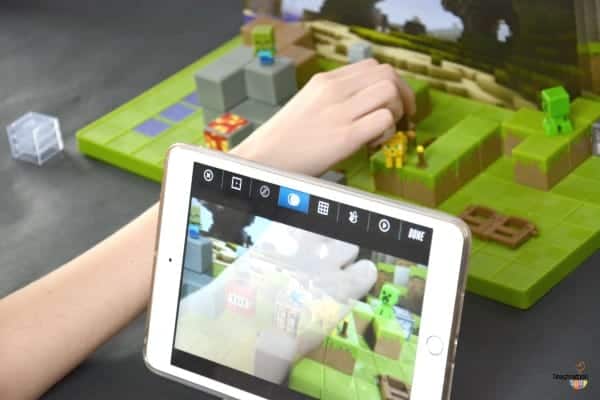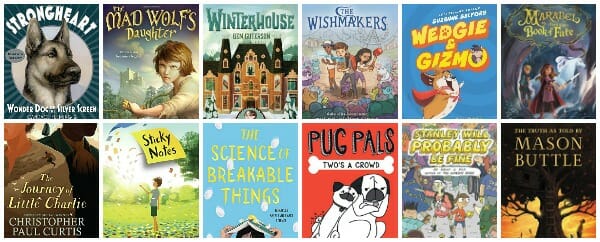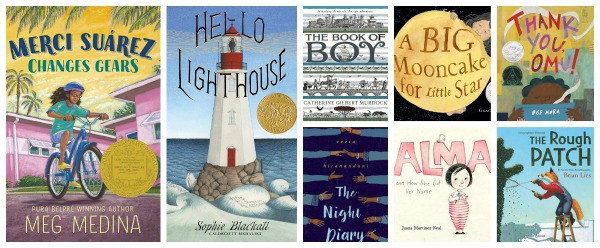Eleven Ways to Use The Creative Writing Playbook with Your Kids This Summer
This post may contain affiliate links.
With over 110 opportunities for writing, drawing, doodling, and cartooning, The Creative Writing Playbook (it’s not a workbook, it’s a playbook!) has a little something for everyone. Firm fans of creative writing will pore over the writing tips and tricks and tackle page after page. And beginners might spend more time coloring the delightful Creativity Creature and Cleo, and then picking and choosing which activities to complete.
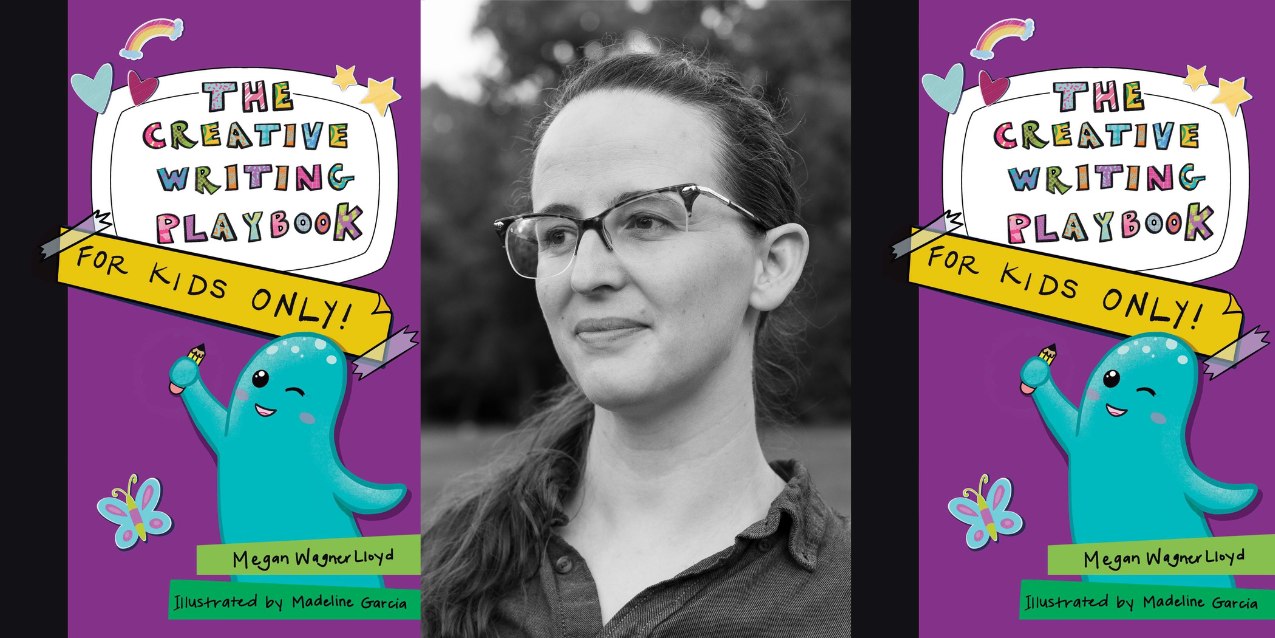
Equally informative, interactive, engaging, and inspiring, The Creative Writing Playbook is ready and waiting to help fill those long summer days and keep boredom at bay with a big dose of creativity! Read on for eleven ways you can use The Creative Writing Playbook with your kids this summer.
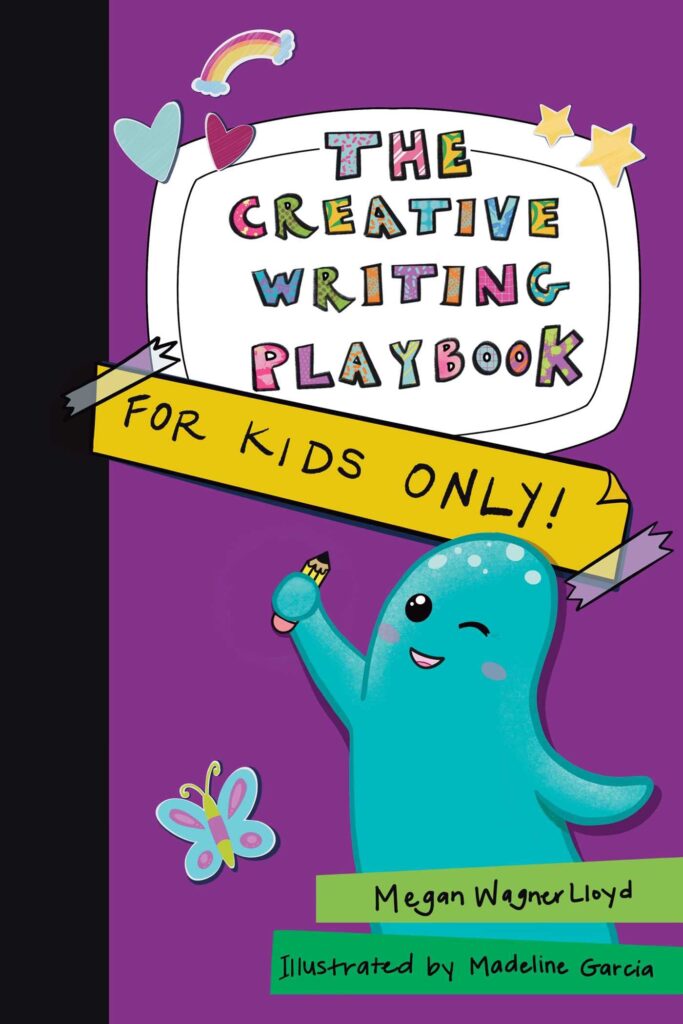
Eleven Ways to Use The Creative Writing Playbook with Your Kids This Summer
1. Start off the Summer with a Present
If a little splurge is in your budget, encourage summer creativity by gifting your child a copy of The Creative Writing Playbook, along with a blank or lined notebook, some gel pens, colored pencils, or markers. Ready, set, create!
2. Participate in the BIG Reading Challenge
Check out the genre reading challenge found on page 145…and head to the library to help your child try out new genres and return to old favorites. Better yet, pick out books that are new to you, too, and stretch yourself right along with your child. After all, the best way parents can help kids become readers is by showing that they prioritize reading for themselves, too. How many books can you both read before the end of the summer?
3. Borrow a Baby Naming Book
While you’re at the library, pick up a baby naming book. Your child can use it to help pick out names for pages 9-11, and beyond. (Yes, baby naming websites abound. But, this way, they can research names without getting distracted by screens.)
4. Make Mini Picture Books for Younger Siblings

It’s so exciting to get paid for your work. I remember making a stand in my house and selling pictures for loose change (yes, my parents were my only customers!). If your child has a younger sibling, contribute a small amount to their piggy bank in exchange for creating personalized mini picture books (page 72-23) for bedtime reading fun.
5. Help Your Child Be a Word Collector
After they’ve completed the word collecting activity on page 121, help your child take their love of language further by making a dedicated space for their word collection. Whether it’s a poster board, a small notebook, or a jar with slips of paper, create a place for favorite words to be recorded, remembered, and treasured. (Even grown up authors have “cinnamon words”!)
6. Set up a Creative Space

Whether by filling a caddy or a bag, or arranging a desk or a cozy chair, gather art and writing supplies and make them easy to access. Just like displaying an instrument on a stand (versus having it tucked away in a case) makes it easier to pick it up and practice, having art and writing supplies (and The Creative Writing Playbook!) at the ready, makes it easier to draw and write.
7. Pick a Pen Pal
Ask a reliable friend or relative if they would be willing to be summer pen pals with your child. (Or maybe your kid can do the arranging on their own!) Guide your child in addressing and stamping postcards to last the whole summer, so that it’s easy to pick one up, write a message, and pop it in the. Mail. Even more fun than writing their own postcards will be getting mail addressed directly to them in return. For kids raised with texting, getting snail mail can feel truly magical.
8. Complete the Activities as a Parent/Kid Team:
If your child prefers teamwork over time alone, buy two copies of The Creative Writing Playbook (or use one book and work on your own paper) and complete two to three activities or prompts each day, together. Celebrate your achievement at the end of the summer with a trip to a local bookstore!
9. Have a Favorite Writing Feast

After your child has completed pages 112-114 (using the five senses to write about an imaginary feast), make a feast of your own. It can be as simple as chicken nuggets and carrot sticks, or as fancy as an elaborate tea party—whatever sounds fun and doable! Have index cards and pencils at the table and take notes during the feast. What does the food—and eating together—look, smell, taste, feel, and sound like? Can you write a story inspired by this feast, too?
10. Make Heart Hugs
Use pages 126 and 127, which challenge the reader to fill in hearts with kind words about themselves and a friend or family member, as a jumping-off point to draw, cut out, and fill in more heart hugs to share with loved ones.
11. Keep Calm and Don’t Critique
If your child shares their writing with you, don’t jump in with suggestions for improvement. Instead, compliment their strengths. There’s plenty of time for improving writing on a more technical level later. Right now, keep the focus on fostering a love of creativity so that your child feels empowered to continue their creative journey.

KEEP READING

